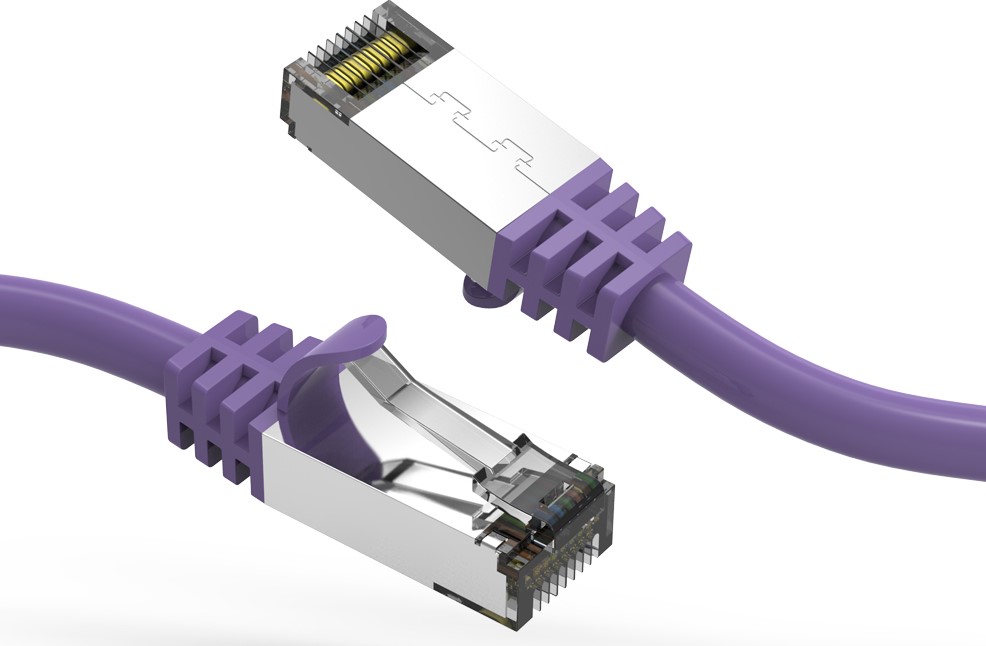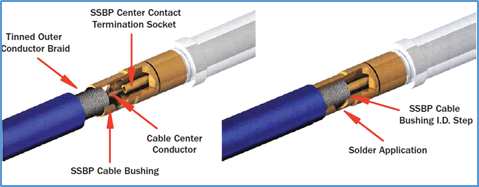Splitting a satellite cable signal using a basic splitter seems like a convenient way to connect multiple satellite receivers in a home. However, this approach causes issues due to technical limitations in satellite transmission and reception. This article explains the underlying concepts to clarify why splitting the signal cable does not work reliably.
Satellite Signal Basics
To understand the challenges with splitting, we first need to cover some satellite signal basics. Satellite broadcasts use polarized radio waves focused into narrow spot beams that target certain geographic regions.
There are two main types of polarization – horizontal and vertical. The satellite combines multiple transmissions on each polarization to maximize available bandwidth.
The satellite dish and LNB (low noise block downconverter) are designed to capture a specific polarized signal and frequency range from a certain spot beam. The receiver box then tunes to the desired channel within that range.
Bandwidth Limitations
A major limitation is the available bandwidth for transmission. With hundreds of channels spanning a wide frequency band, the total bandwidth needs to be divided efficiently.
Splitting the signal essentially halves the usable bandwidth for each output. This significantly reduces the number of channels that can be received properly. There is simply not enough capacity for both lines.
During peak viewing times, the channels that do come through may buffer or pixelate. The overall experience degrades substantially.
Polarization Interference
In addition, splitting the cable causes interference between the horizontal and vertical polarizations. Parts of channels on one polarization will bleed over to the other line.
This cross-polarization creates signal noise and distortion issues. Channels get scrambled and signal strength drops drastically.
Master/Slave Concept
Satellite receivers also use a Solutions for Multi-TV Setup
While basic splitters cause too many issues, there are some alternative solutions for connecting multiple TVs: In summary, the satellite transmission process utilizes all available bandwidth across dual polarization channels. Splitting this combined signal degrades quality and causes interference issues. Advanced systems like multi-LNBs and SCR technology work around these limitations to enable reliable multi-TV installations. While splitting cables has inherent challenges, satellite technology as a whole has seen many innovations in recent years to boost capability. High throughput satellites (HTS) with concentrated spot beams and dynamic power allocation enable higher bandwidth and speeds for modern applications. Though still limited compared to fiber optics, satellites can now offer viable connectivity for underserved regions. The satellite industry is also shifting towards constellations of smaller, lower cost satellites in low earth orbit (LEO). Companies like SpaceX Starlink, OneWeb and Telesat are launching hundreds of compact satellites to provide global broadband services. Flexible software-defined payloads give operators more control to adjust coverage and capacity. New electric propulsion systems allow satellites to self-relocate to ideal positions. Onboard processing innovations like FPGAs and advanced receivers give satellites more intelligence to handle bandwidth efficiently. The satellite industry shows immense growth potential in providing global connectivity, predicts Wajsgras, CEO of Intelsat. He highlights trends in LEO systems, flexible launch services, and in-orbit servicing that are expanding satellite capabilities. The introduction of 5G standards for non-terrestrial networks marks a milestone for unified satellite and wireless integration. Engineers envision smart networks that can shift dynamically between ground and sky connectivity depending on user locations. As satellites become integral links in the 5G infrastructure, innovations in areas like beam hopping, cognitive data routing, and predictive resource allocation will enable intelligent traffic management across terrestrial and space networks. While physical cable splitting causes significant issues currently, virtual splitting through smart networks may one day allow seamless switching of users and devices across satellite links. This could deliver at-home receiver functionality akin to having “split” cables from the satellite feed itself. The satellite industry stands ready to transform global communications through ongoing technology innovation. While splitting a single satellite cable remains problematic, the future offers promising alternatives for reliable access.
Recent Innovations in Satellite Technology
The Future in 2024 and Beyond





